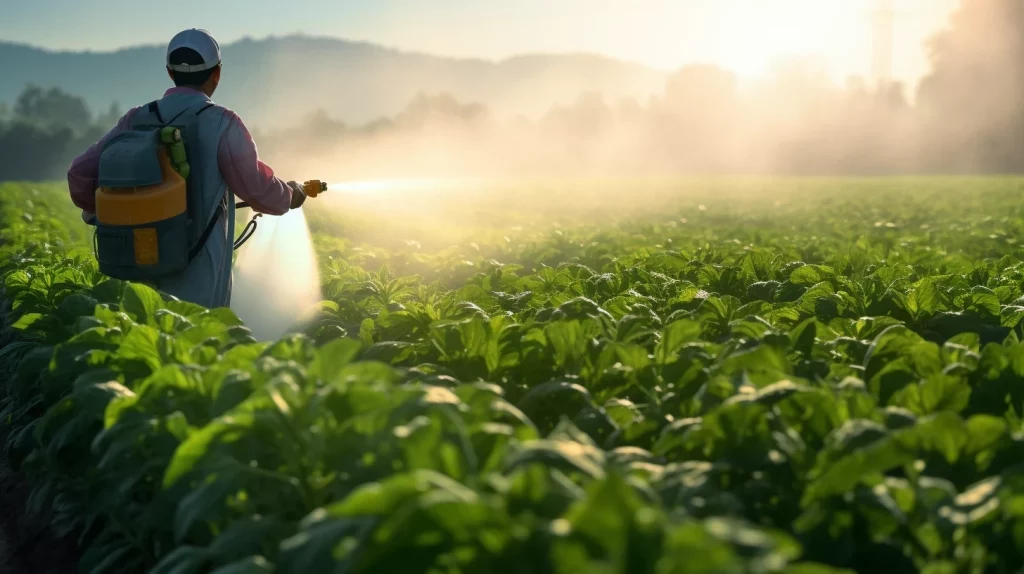
Are you constantly striving to enhance your plant growth? Trying to maximize your crop yield and cultivate healthier, more robust plants? Enter biostimulants – the game-changer in contemporary plant growth practices. This exceptionally innovative agricultural technology originates from nature itself and is revolutionizing the agricultural as well as horticultural fields.
Our attention was captivated by the fascinating world of biostimulants and their potential to bolster plant growth. We felt it's high time to shed light on this subject, particularly to empower researchers, agronomists, and innovators with the essential knowledge on biostimulants, their usage and application.
?What are Biostimulants
Biostimulants are biological or biochemical substances or mixtures derived from natural resources that stimulate a plant's nutritional processes regardless of the plant's nutrient content. These substances increase a plant's resilience to stresses, enhance quality attributes, and boost overall plant performance. The world of biostimulants abounds with different types, each delivering distinct advantages. These classification categories range from humic and fulvic acids, amino acids, seaweed extracts, beneficial bacteria and fungi, to an array of biologically active compounds, such as enzymes and proteins.
Biostimulants have naturally secured their crucial role in sustainable agriculture due to their eco-friendly origins and contributions to enhancing plant growth and productivity. This role surfaces strongly in the wake of the pressing need to reduce chemical inputs, which consequently lessens environmental impact.
We'll delve more into the mechanisms of biostimulants in enhancing plant growth in the following section.
?How Biostimulants Enhance Plant Growth
Biostimulants work their magic through a variety of ways. Unlike synthetic fertilizers, they improve plant vigour, yield, quality and tolerance of environmental stresses through physiological support. Rather than supplying nutrients directly, they enhance the plant's ability to assimilate and utilize them more effectively, leading to increased growth and productivity.
Impact on Root Development and Nutrient Uptake
One of the main modes of action of biostimulants is enhancing root development – a vital factor in a plant's capacity to absorb nutrients and water. Amplified root growth leads to a more expansive reach into the soil, thus strengthening a plant's ability to access and absorb essential nutrients.
Stress Tolerance
Furthermore, biostimulants increase a plant's tolerance to stress. They can augment the plant’s resilience against harsh conditions such as drought, extreme temperatures, and salinity, significantly influencing survival success in challenging environments. Using biostimulants can hence be a nature-friendly approach to mitigating the impacts of climate change on crop production, a relevant point that will be further discussed in the section about application and dosage of biostimulants.
?The Important of Using Right Biostimulant for Your Plants
Selecting an appropriate biostimulant involves consideration of various factors. Not every biostimulant is suitable for all types of crops. The nutritional requirements, species, and growth stage of the plants are all important considerations. Furthermore, the biostimulant selected should be compatible with other agricultural inputs being used.
Assessing Your Biostimulant Options
Agriculture professionals should first analyze the specific needs of the crops for which they're care taking. For instance, a tomato plant that's flowering may require a different biostimulant than a young lettuce plant. Secondly, the efficacy and quality of the biostimulant product should be evaluated. Look for proven results and positive feedback from other users covering successful plant growth and enhanced stress tolerance – these we'll touch upon in more detail in the following section.
In conclusion, effective biostimulant usage calls for careful selection and is strongly dependent on understanding the unique requirements of your plants.
:Application and Dosage of Biostimulants
The application of biostimulants and determination of the appropriate dosage is pivotal in capitalizing on their potential benefits. Biostimulants can be applied in various ways, predominantly through foliar application, soil drenching, and include in the irrigation system, each with its unique advantages and efficacy. The chosen approach must align with the specific needs and characteristics of the given plant species.
Dosage Guidelines
Calculating an accurate dosage is essentially directed by a plant’s type and growth stage. Early growth stages usually necessitate lower dosage levels, with an increase as the plant develops. Timing is equally essential, as frequency and season of application are pivotal. Biostimulants can be more effective when applied at particular growth intervals or seasons.
Furthermore, monitoring the plant's response to biostimulation is paramount. This enables one to adjust dosage levels or application methods if the plant shows signs of stress or adverse effects. Remember, the key is to enhance growth, not harm it!
For more info >>https://www.plant-ditech.com/news-events/blog/232-biostimulant
